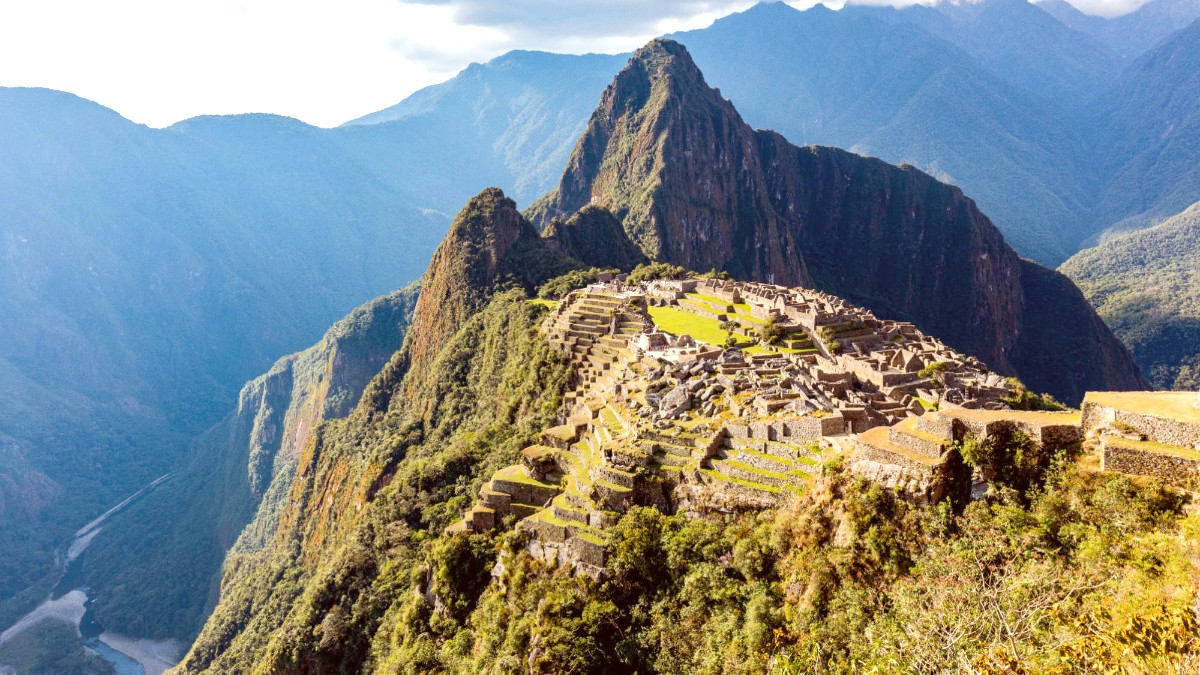
Cuzco And The Sacred Valley, Peru
The air hums with anticipation, filled with the murmur of languages from across the globe, all drawn here by the magnetic pull of the Inca's enduring legacy. Your journey to Peru's heart begins in this remarkable mountain village, where every step moves you closer to an unforgettable moment at Machu Picchu.
Aguas Calientes itself is a relatively young town. Its development correlates with the rise of tourism to Machu Picchu. Before the early 20th century, the area remained a quiet, isolated spot, known perhaps only to local farmers and a few adventurers.
The town grew after Hiram Bingham's widely publicized "rediscovery" of Machu Picchu in 1911 and subsequent international interest. Aguas Calientes now functions as the logistical hub for visitors accessing the Machu Picchu citadel, providing accommodations, dining, and transportation services.
Machu Picchu, the true historical marvel, was built by the Inca Empire around 1450 AD. This sophisticated urban center, an UNESCO World Heritage site, served a significant purpose, perhaps as a royal estate for Emperor Pachacuti or a sacred religious site. Inca engineers and builders constructed the citadel with remarkable precision, integrating it seamlessly into the mountain landscape.
A century after its construction, the Inca abandoned Machu Picchu, likely during the Spanish conquest, though the Spanish never found or plundered the site. Bingham, an American explorer, brought the hidden Inca citadel to global attention in 1911.
Numerous accommodations line the narrow streets.
Options cater to various budgets and tastes.
An extensive market stretches along the river, selling souvenirs and crafts.
The town's namesake, a place for relaxation.
The central hub, with tracks running directly through the town.
Aguas Calientes operates with the constant flow of visitors arriving and departing by train, all heading to or returning from Machu Picchu. Early morning sees a rush of travelers catching buses to Machu Picchu, while evenings are filled with diners and shoppers.
Despite its remote location and reliance on rail transport, the town offers a complete set of services for travelers.
Its character is entirely shaped by tourism. The central train station acts as the town's beating heart.
This destination functions almost 24 hours a day, linking modern travelers with the enduring legacy of the Inca.
Aguas Calientes provides an essential bridge between modern travel and ancient history. It transforms from a quiet village into a bustling hub each day.
This unique town offers more than just a place to sleep; it immerses visitors in the build-up to an awe-inspiring encounter.
The town's sole existence centers on Machu Picchu, offering streamlined travel to the citadel.
Accommodations, dining, and shopping cater to all visitor needs before and after a Machu Picchu visit.
Surrounded by verdant mountains and the Urubamba River, the town offers a tranquil natural backdrop.
The hot springs from which the town derives its name offer an unique opportunity for relaxation.
Book train tickets and Machu Picchu entry well in advance.
During peak season, secure these often months ahead.
Early morning bus rides lead to the iconic citadel, setting the stage for historical exploration.
Explore the sprawling artisan market along the river, finding local crafts and souvenirs.
Relax in the natural hot springs, a soothing end to a day of activity.
Handmade textiles, jewelry, and pottery showcase local artistry.
Restaurants range from casual local eateries to upscale international dining.
Local agencies provide guides and transportation services for Machu Picchu and surrounding treks.